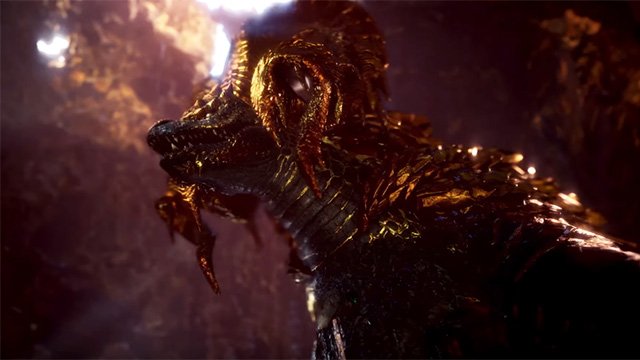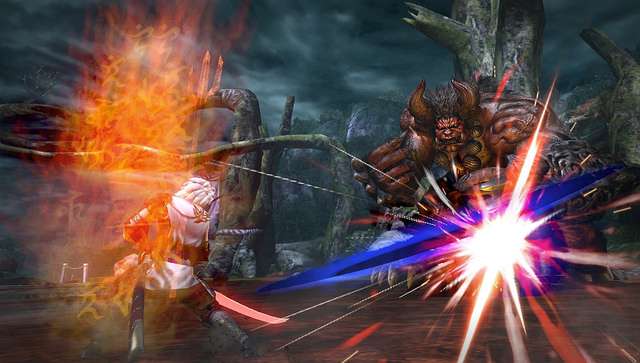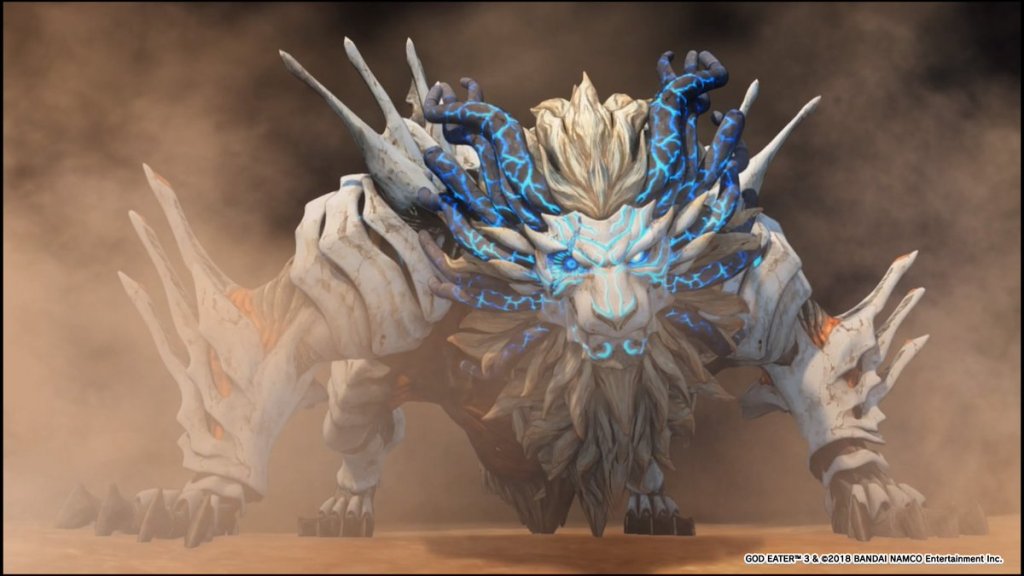God Eater 3 finally recently received a Western release, but it wasn’t a celebrated moment even by fans of the action role-playing game’s mission-based structure. This issue is that by staying true to its PlayStation Portable roots, the series feels more dated than ever before in 2019. This isn’t a problem unique to Bandai Namco’s God Eater, as it also applies to the many games that attempted to ride Monster Hunter‘s wave of popularity such as Koei Tecmo’s Toukiden, Soul Sacrifice, Ragnarok Odyssey, and Freedom Wars.
For nearly a decade, these Monster Hunter alternatives managed to fill an important space on Sony consoles as Capcom’s money-making series became exclusive to Nintendo. Another side effect of it sticking to the 3DS was that the gameplay was constricted from a technical standpoint and that there wasn’t much in terms of innovation from the most popular hunting title. This allowed a crop of knock-offs to not only find financial success, but also build upon the same formula in new ways that Capcom wasn’t doing.
Some retained the animation prioritized combat that made Monster Hunter so tricky, while others attempted to appeal to a larger audience by simplifying the formula. There was plenty of variety to be found. Those looking for a darker tone with simplified combat could get into God Eater while Freedom Wars offered some impressive mobility options that couldn’t be found elsewhere. Toukiden 2 managed to tell a compelling story and had a completely open world for players to explore. It was a great time for the sub-genre, as PlayStation handheld systems received plenty of great action RPGs while Capcom produced solid games on the 3DS.
Everything changed with Monster Hunter: World

However, everything changed as soon as Capcom released Monster Hunter: World on PlayStation 4, Xbox One, and PC. Not only did this mark the series’ return to non-Nintendo consoles, but the technological hardware leap allowed the developer to totally revamp how it played. While it kept the technical combat it was known for, several smart changes made it less punishing and more welcoming to new players. It was the perfect mixture of an inviting experience that offered the depth to keep players coming back for more. The response to the changes were well received and it wound up being a massive critical and commercial success for Capcom.
One of the biggest differences between World and its predecessors was how its maps went from being split into areas to becoming one connected world. On top of this change, there was an entire ecosystem of monsters, bugs, and creatures inhabiting the maps. If two monsters happened to cross paths, they wouldn’t just both chase the player around, a small human, but battle with one another. It made the entire experience feel more alive and was an incredible accomplishment on a technical end.
Monster Hunter: World wasn’t just a huge leap for its own series but for the sub-genre as a whole. While all of the games that were inspired by Capcom’s series managed to put their own spin on its gameplay, they never brought anything innovative to the table. It is the difference between polishing an existing framework and replacing it with another one entirely. The bar had been significantly raised.
The competition feels dated

With all the time that had passed, it seemed like a same assumption to think that God Eater 3 would offer up a similar upgrade upon its previous entries. However, that wasn’t the case at all. Instead, it was a loyal sequel that followed its predecessor’s formula almost to a fault. The core mechanics and flow of the gameplay was still enjoyable, but it felt like a step backwards compared to the competition. Rather than growing and paying attention to gaming trends, it played things far too safe.
It was the little things that added up and detracted from the overall experience. Instead of monsters interacting with another, they ignored each other completely and purely focused on destroying the player. Rather than exploring an organic feeling ecosystem, the worlds felt empty and completely devoid of actual life. The creatures didn’t live in the world; they were just placed there by the developer. It’s that layer of immersion that was missing and once you get a taste of it, it becomes quite difficult to go back to enjoying previous games.
Another area where God Eater 3 struggled to live up to higher standards was with its limited online play capabilities. World allowed players to launch SOS flares in order to get help mid-missions and create in-game clans. It is a much more connected experience compared to what Bandai Namco is offering. Plus, due to the lack of complexity in God Eater, there was an advantage to playing with other humans unlike Monster Hunter, where constantly teaming up with others and usually led to finding new strategies against various creatures. By lacking these type of social features, God Eater 3‘s basic co-op is much more isolated and stagnant despite having functional cooperative play.
Currently, there aren’t any Monster Hunter-like titles in development. Developer Omega Force has been open about wanting to create a Toukiden 3 down the line, but the studio is currently working on a different project. That means it might be some time until the sub-genre sees more takes on what Monster Hunter: World started, but it’s also a good thing.
Developers need to take time to examine what made Capcom’s latest game resonate so much with fans and then look at the opportunities that exist to not only refine ideas but also better them. A much needed break will allow for more innovation down the line, and the future is looking brighter than ever. For as stagnant as it felt at time, we’re in an interesting period that will result in even more experimentation.
There’s no denying that Monster Hunter: World raised the bar for its style of mission-based action role-playing games. Going backwards from a design standpoint after a landmark release is difficult to do, and God Eater 3 proved that the competition needs some time to catch up. Simply doing what used to work isn’t enough anymore. Hopefully the gigantic commercial success of World (which is the best-selling title of all-time for Capcom with over 10 million copies sold) will inspire publishers such as Bandai Namco and Koei Tecmo to continue trying to better their own series. After all, competition is what forced Capcom to better their own game and create a masterpiece in the first place.







